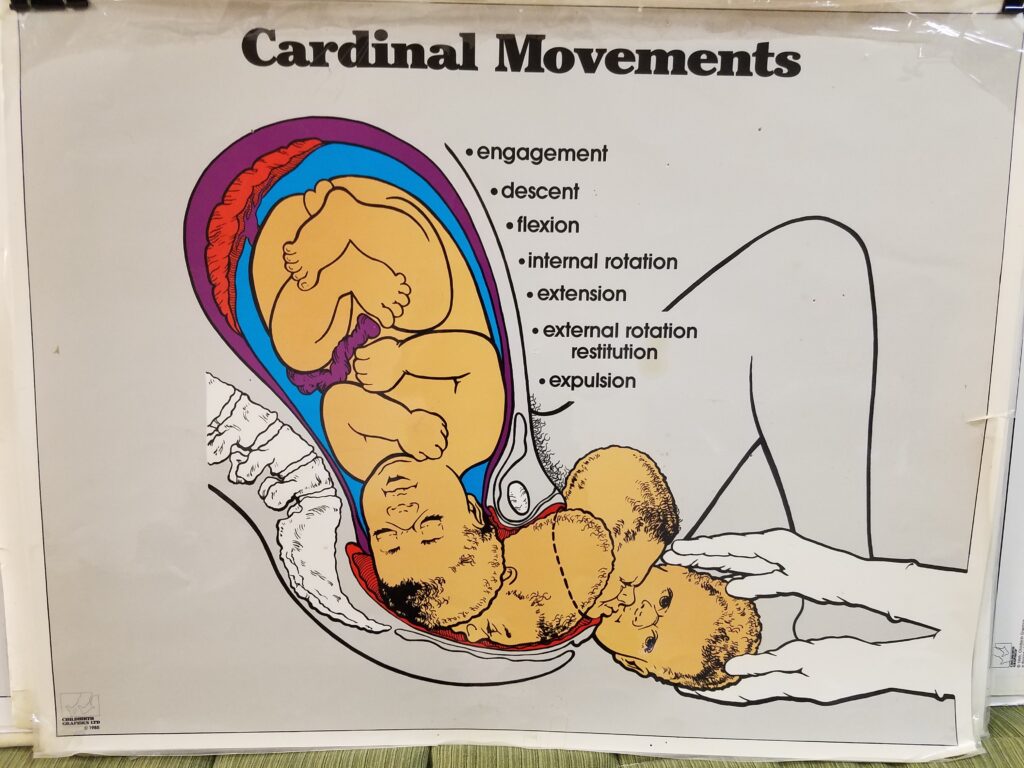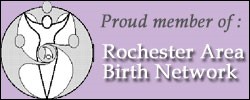Physiologic birth is very simply what we call natural birth. It is the way that human bodies are biologically designed to give birth without interference. The human female body is designed to grow a new human, birth that human, and nourish that human. You are one stop shopping!
It involves nourishing the woman growing a new human. Proper pregnancy nutrition helps to support her body and pregnancy, as well as creating a properly expanded blood volume, and working to prevent problems that can interfere with the birth process. Physiologic birth in a well-nourished body increases the blood volume not only to supply the baby and the mother, but also to protect the mother in the event of hemorrhage. Your body is so amazing that it has created a form of backup.
Physiologic birth involves a cascade of hormones that when uninterrupted work as a symphony to help birth that child. Having the support of a loving partner also helps to facilitate the cascade of appropriate hormones. Medications and interventions, and even hospitalization, can interfere with that cascade of hormones.
In physiologic birth, allowing the body to go into labor on its own, rather than being induced, helps to ensure that the baby is ready to be born, and the mother’s body is ready to deal with the process of labor and birth.
When a mother is induced with synthetic pitocin, while it may be the exact same molecule as oxytocin, it is injected directly into the bloodstream, bypassing the endocrine and brain systems that normally facilitate the production of natural oxytocin. This denies the mother the beneficial additional hormones of endorphins that help to ease the passage.
Physiological birth involves allowing that woman to instinctively assume any position she wishes that works with gravity and opens her pelvis, to help her body birth her child. Your pelvis is designed to open. Restricting labor and birth positions interferes with that process.
The human immune system is seeded in 4 ways during physiologic birth: 1) vaginal birth; 2) skin to skin contact with the mother; 3) delayed cord clamping; and 4) breastfeeding.
During an uninterrupted natural physiologic third stage, which involves delivery of the placenta; having the baby skin to skin with the mother also helps to encourage the production and release of the correct level and type of hormones to support bonding and breastfeeding.
Putting the child to the breast within the first 45 minutes after birth causes the production of oxytocin, which then causes uterine contractions that help the placenta to detach, and be expelled, and cuts down on bleeding. Removing a baby from a mother immediately after birth and denying breast feeding denies the mother of the correct hormonal cascade, which can then put her at risk for hemorrhage.
The mother’s body temperature and heartbeat help to stabilize the newborn infant through skin to skin contact as well as helping to seed the immune system.
Delaying the clamping of the umbilical cord helps to supply the baby with much needed immunities, antibodies, stem cells, 1/3 of their body’s blood volume, and 6 months or more supply of iron. It turns out that the bilirubin that results from normal physiological jaundice, in 50% of full term infants, is actually bacterio-static, helping to defend the baby’s body against foreign bacteria that could result in infection.
A healthy woman who has just given birth can then get up and move around, and thus allow her organs to return to their normal place, and cut down on the risk of blood clots.
A baby’s body may be covered with vernix that helps to protect the skin not only in-utero, but also after birth. It is also bacterio-static, and helps to prevent the wrong bacteria from causing infections, or over colonization.
The mother’s body is then designed to nourish the child she has grown and birthed by feeding with human milk. Human milk is perfectly designed for human infants, and contains specific oligosaccharides that serve as appropriate food for the bacteria their immune system has been seeded with. The 1st milk is colostrum which is infant super food that contains additional immunities, antibodies, and cholesterol. There is an enzymatic communication between the mother’s breast and the baby’s mouth that allows her body to manufacture the antibodies needed to support baby’s growing immune system. This changes depending upon what the baby has been exposed to as it grows.
This whole system is perfectly designed to work together, with each element supporting the next. Your body is amazing!
Conception —–Growth of new human – nourish mother —-build blood volume—spontaneous labor —-support of partner – cascade of hormones –work with gravity — assume comfortable positions – – -mother initiated pushing – – vaginal birth – seeding of immune system – – expulsion of placenta – breastfeeding —
For more information on how to best facilitate a Physiologic birth contact Amy and ask about Bradley Natural (Physiologic) Childbirth classes!
Amy V. Haas, BCCE©2023




Follow Us!